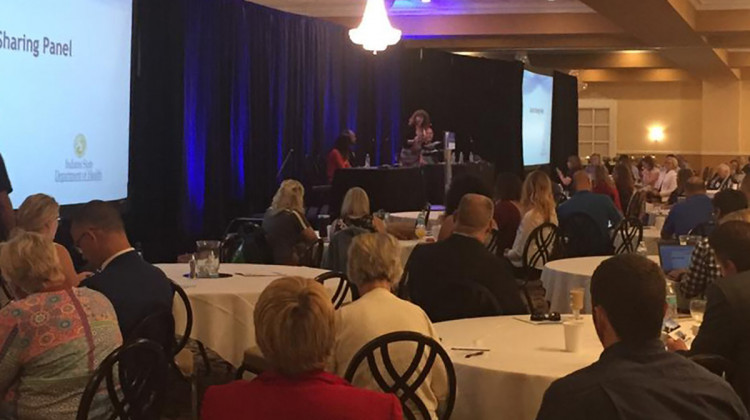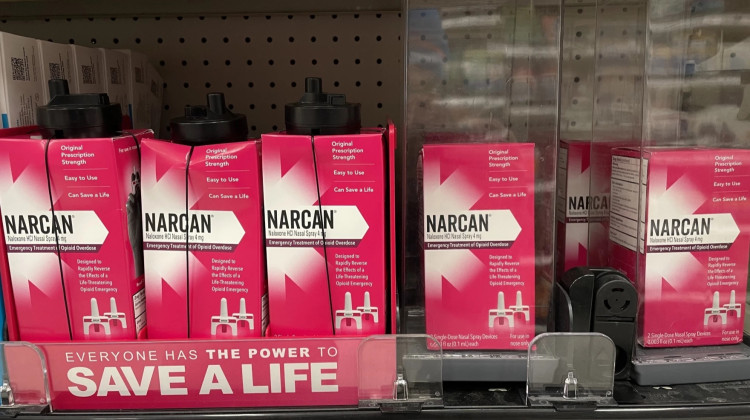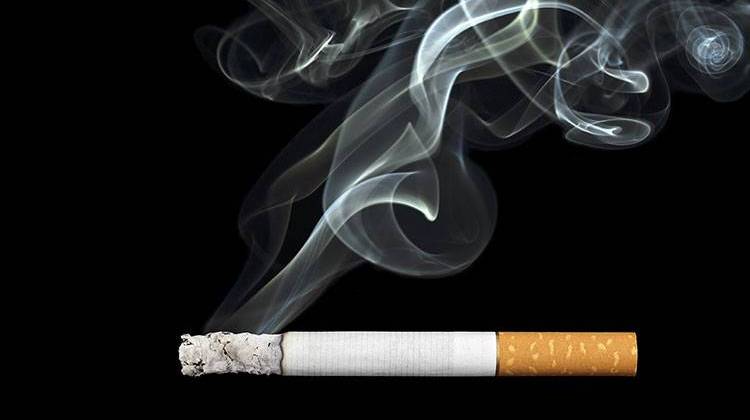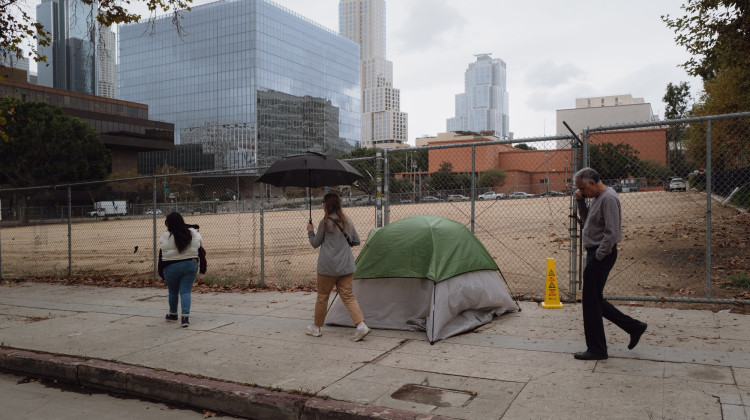Public health and public safety leaders gathered in Carmel to find ways to collaborate to address the opioid epidemic in Hoosier communities.
Indiana State Department of Health Commissioner Kristina Box says many are responding to the addiction crisis in Indiana.
"Communities are stepping up and we have the hospitals working with the EMS working with the local charity organizations and private practices to say ‘we’re not going to let you fall through the cracks’," says Box.
More than 300 people attended, including law enforcement, healthcare providers and educators. This is the second year for the training event.
"So that we can talk about what we’re facing every day and how we were trying to work, in our own silos, individuals with substance use disorder," says Box.
Chief counsel for Treatment Alternatives for Safe Communities Michelle Worobiec gave the keynote speech about collaboration and early intervention.
She says groups have to be creative.
"How can we piece together something that will be full recovery over the long term, even if that doesn’t exist and is well coordinated yet," says Worobiec.
The conference highlighted success stories about stigma reduction, drug courts, jail treatment and ER follow up.
 DONATE
DONATE









 Support WFYI. We can't do it without you.
Support WFYI. We can't do it without you.